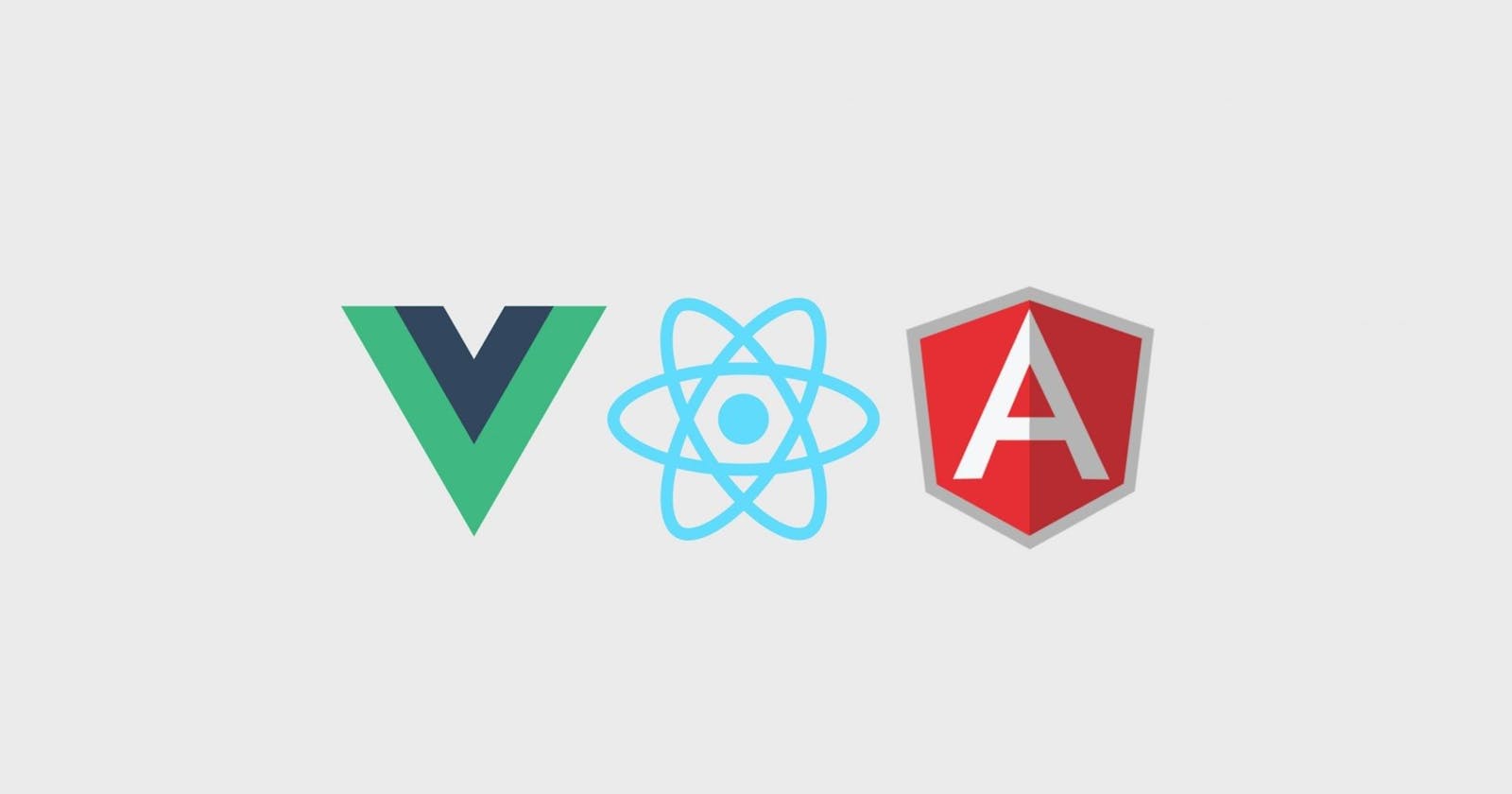JavaScript frameworks have made the development of complex web applications much easier and more efficient. They provide developers with pre-built components, libraries, and tools that can be easily integrated into their projects. However, with so many options available, it can be challenging to determine which framework is best suited for your needs. In this blog post, we will evaluate some of the most popular primary JavaScript frameworks, including React, Angular, and Vue.js, and highlight their strengths and weaknesses.
React
React is a JavaScript library created by Facebook for building user interfaces. It uses a virtual DOM (Document Object Model) to improve performance and provides a simple way to manage the state of components. React has a large community of developers, making it easy to find solutions to common problems and share knowledge. It is also known for its reusable components, which can save time and effort when building web applications.
Strengths:
Lightweight and fast
Reusable components
Large community support
Weaknesses:
Steep learning curve
Requires additional libraries for advanced functionality
Limited support for mobile app development
Angular
Angular is a full-fledged JavaScript framework developed by Google. It provides a complete solution for building complex web applications, including tools for building UI components, routing, and data management. Angular uses a two-way data binding approach, which means that changes to the model automatically update the view and vice versa. Angular has a large community and a well-documented API, making it easy for developers to get started and find support.
Strengths:
Comprehensive solution for building complex web applications
Two-way data binding
Strong community support
Weaknesses:
Steep learning curve
Complex and verbose code
Limited performance for large-scale applications
Vue
Vue is a progressive JavaScript framework that focuses on building user interfaces. It uses a virtual DOM and provides an easy-to-use API for creating reactive components. Vue.js is known for its simplicity and flexibility, allowing developers to use it for small projects or large-scale applications. It also has a growing community of developers and a well-designed documentation site.
Strengths:
Simple and flexible
Fast performance
Small size
Weaknesses:
Limited scalability for large applications
Smaller community compared to React and Angular
Limited support for mobile app development
Subtopics:
Performance: Performance is a crucial factor when evaluating a JavaScript framework. It is essential to consider the size of the framework, its speed, and its ability to handle large-scale applications.
Learning curve: The learning curve is another important consideration when evaluating a framework. A steep learning curve can make it challenging for developers to get started, while a simpler framework can save time and effort.
Community support: Community support can be critical in troubleshooting issues and finding solutions to common problems. A large community can also provide access to a wide range of libraries and tools.
Mobile app development: Mobile app development has become an essential consideration for many developers. It is important to evaluate whether a framework provides adequate support for building mobile apps and whether it is compatible with popular mobile platforms.
In conclusion, choosing the right JavaScript framework depends on your project requirements and personal preferences. React, Angular, and Vue.js are all powerful tools with unique strengths and weaknesses. Consider your project's needs, the learning curve, community support, and mobile app development to make an informed decision.

